Beyond the popularity of kale (sukumawiki) and spinach as the official greens in our meals, there are plenty more of leafy vegetables that can be found in the country.
Most indigenous foods including vegetables however seem to be restricted to either specific communities or certain regions where they’re considered staples.
Exceptions are to be found in some urban areas where certain vegetables are almost exclusively associated, even bought and sold, by a given community.
The reason for this could be attributed to the simple fact that people are not accustomed to the taste of some of these vegetables and more so could be lacking the knowledge on how to properly prepare them.
Nevertheless, indigenous vegetables are very nutritious and could be just the answer to introducing some variety into your greens. Let’s look at some of them.
1. Amaranthus (Terere)
Amaranthus (Amaranth) or as locally known, Terere, is a highly nutritious vegetable that’s cultivated and consumed as a leafy vegetable in many parts of the world not just Kenya.
It’s easy to grow, matures fast and grows vigorously. There are many species of Amaranth with some green and others red-purpleish.
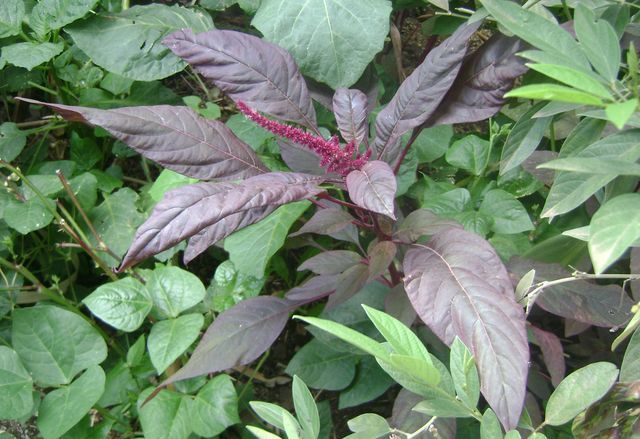
Amaranth leaves when cooked are rich sources of calcium, manganese, vitamin A, vitamin C, and folate. They’re also a good source of protein, riboflavin (B2), niacin (B3), vitamin B6, iron, potassium, and zinc.1
You can eat amaranth leaves alongside most dishes like ugali (maize meal) and other starches.
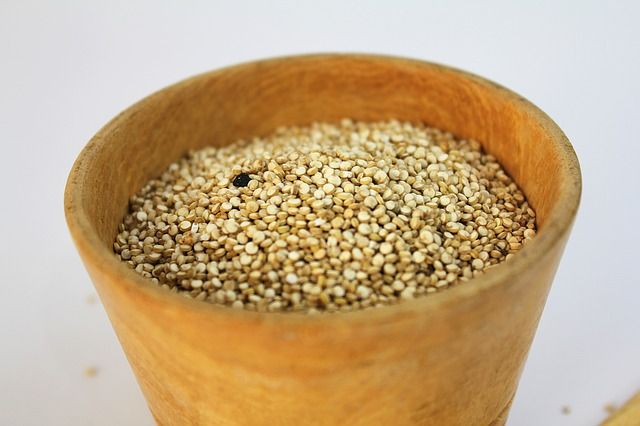
Amaranth also produces a nutritious grain which is used as food in some parts of the world.
2. Spider Plant (Sagaa, Saget)
The spider plant, locally known as Saget or Saga, is also known by other names such as shona cabbage, african cabbage, spiderwisp, cat’s whiskers, chinsaga or stinkweed. The plant is actually a wild flower native to Africa whose leaves are used as vegetable, though their flowers happen to be edible too.2
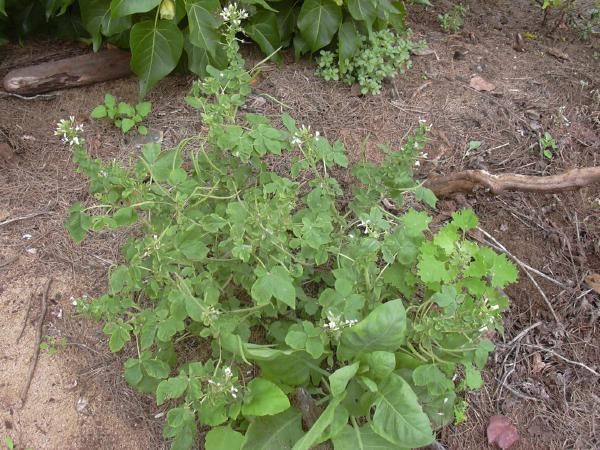
The plant yields prolifically and requires very little management. Nutritionally, the spider plant has been found to be a rich source of beta-carotene, folic acid, ascorbic acid and calcium. It’s also a good source of protein, with the leaves being about 4% protein.2
The leaves have also been shown to have anti-oxidant properties that could be beneficial in treating inflammatory diseases.2,3 For this reason, it’s sometimes used as a medicinal herb.
The leaves are bitter to the taste. To reduce this bitterness, milk is usually added during cooking. Fresh spider plant leaves can be eaten as a side dish alongside other vegetables, mashed in foods or incorporated in stews.
In some places it’s also dried first then ground and mixed into weaning foods for babies.3
3. African Nightshade (Managu)
The African nightshade commonly known as managu (kikuyu), consists of many species which are consumed for their leaves. It’s also sometimes referred to as black nightshade, mnavu (swahili), namasaka (Luhya) or osuga (Luo).
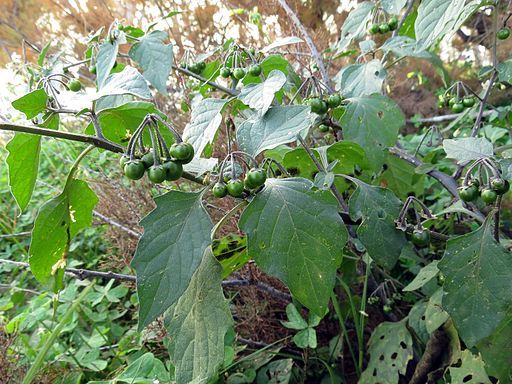
The African nightshade does well in most soils, is easy to manage and gives high yields with long harvesting periods.
The leaves are a rich source of calcium, vitamin C, beta-carotene, phosphorus, and riboflavin (B2). They also contain significant amounts of phenols and alkaloids, including cocaine, quinine, nicotine, and morphine.1
4. Jew’s Mallow (Mrenda/Murere)
Jew’s Mallow, or as commonly known, Mrenda, is a popular leafy vegetable among the Luhya community of the country.
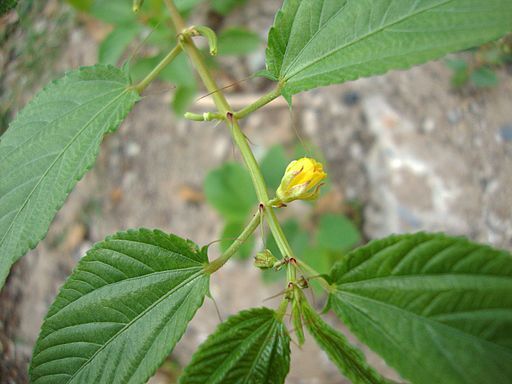
Primarily used for its leaves, the young immature fruits of the plant are also used as vegetable and in some parts are dried and ground into powder to prepare sauce.1
In some places their dried leaves are used for thickening soups and making tea while their seeds are also edible.5,6
Jews Mallow leaves are soft and easy to cook vegetables. The leaves are rich in rich in beta-carotene, iron, protein, calcium, thiamine (B1), riboflavin (B2), niacin (B3), folate, vitamin C and E and dietary fibre.5
The plant is also said to have medicinal qualities.
5. Cowpea Leaves (Kunde mboga)
The cowpea plant is mostly known for its legume, but its tender green leaves are also a common delicacy throughout most parts of Africa.
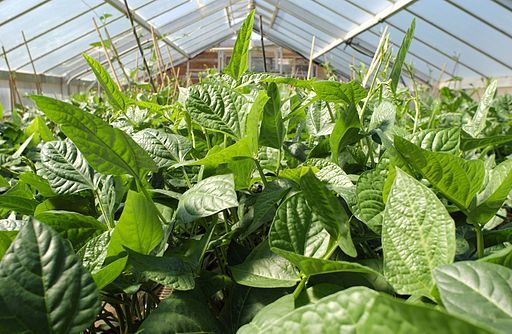
The leaves are a good source iron, calcium, phosphorus, zinc, potassium, and vitamin c.7,9 The leaves are also a good source of protein, with the leaf protein content being higher than that of the seed protein.8
As a matter of fact, cowpea leaves have been listed as having one of the highest percentage of calories from protein among vegetarian foods.9
6. Pumpkin Leaves
Pumpkins are usually cultivated for their starchy fruit whose seeds we found out to be quite nutritious, but their leaves are also commonly used as vegetables.
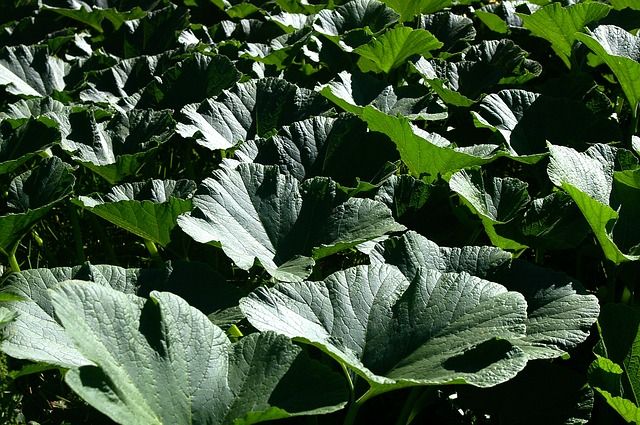
Most often, the leaves are usually mashed along with mashed potatoes to make mukimo, a popular delicacy among people of the Mt.Kenya region. In the Luhya community we are told they are referred to as Liro (courtesy of Sammy Shiraku).
Pumpkin leaves are a good source of calcium, iron magnesium, potassium, phosphorus, folate, vitamin K and vitamin A. It’s also a good source of protein and dietary fibre.10
Other Indigenous Vegetables
Some other commonly eaten indigenous vegetables in the country include:
1. Arrowroot Leaves
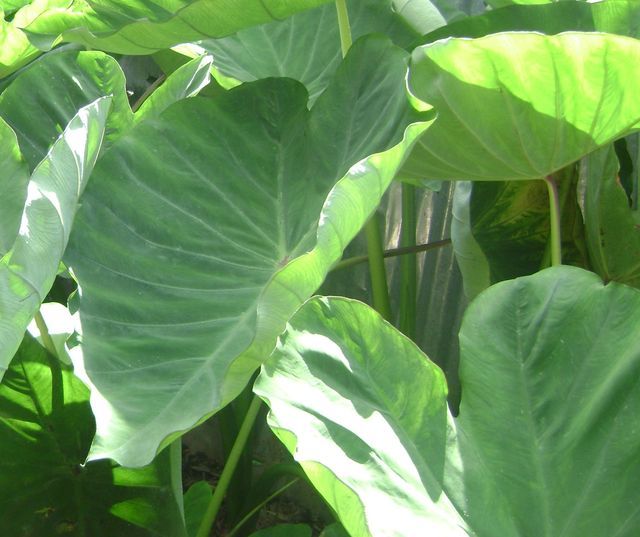
2. Bean Leaves
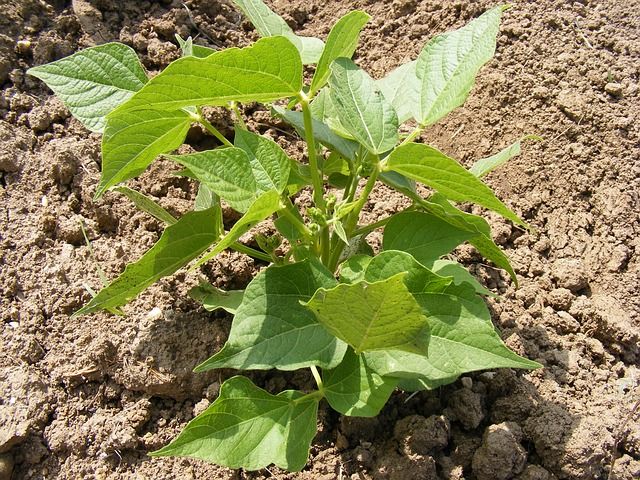
3. Stinging Nettle
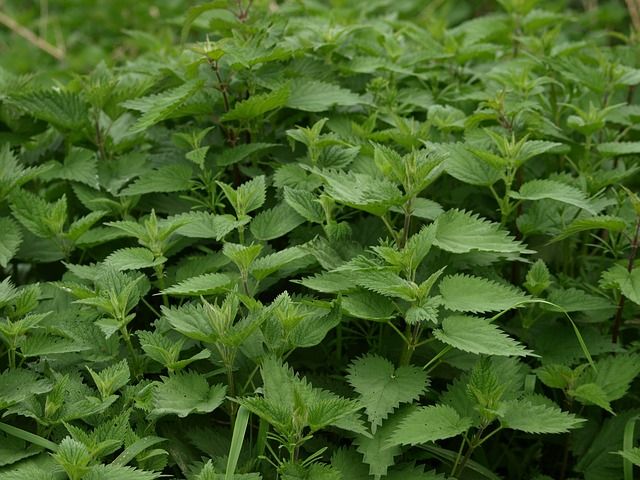
4. Sweet Potato Leaves
6. Cassava Leaves
Be mindful of cyanide poisoning when preparing cassava or its leaves.
5. Crotolaria (Mito, Miro)
REFERENCES
1. Amaranth leaves, cooked, boiled, drained, without salt – USDA National Nutrient Database for Standard Reference
2. Spider Plant – Wikipedia
3. Spider Plant: A Hardy and Nutritious African Native – Nourishing the Planet
4. African Nightshade – Wikipedia
5. Production Guidelines Jew’s mallow (Corchorus olitorius L.) – Department: Agriculture, Forestry and Fisheries Republic of South Africa
6. Jews Mallow – Wikipedia
7. Nutrient Contents of Raw and Cooked Cowpea Leaves – Journal of Food Science 48(4):1252 – 1254 · August 2006 (Available here: https://www.researchgate.net/publication/229986285_Nutrient_Contents_of_Raw_and_Cooked_Cowpea_Leaves)
8. Protein and iron composition of cowpea leaves: An evaluation of six cowpea varieties grown in Eastern Africa (Available here: http://www.ajfand.net/Volume14/No5/Okonya13645.pdf )
9. 100 Most Protein Rich Vegetarian Foods – Smart Fitter
10. Pumpkin leaves, cooked, boiled, drained, without salt – USDA National Nutrient Database for Standard Reference –
11. Utilization and Medicinal Value of Indigenous Leafy Vegetables Consumed in Urban and Peri-Urban Nairobi – Bioline (Available here: http://www.bioline.org.br/request?nd07032)
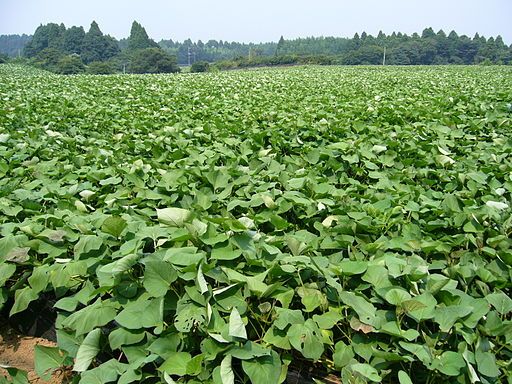
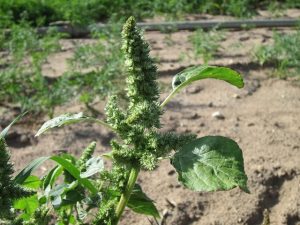
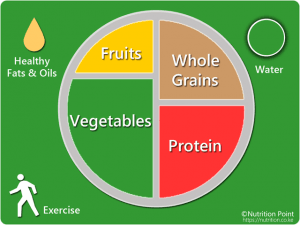
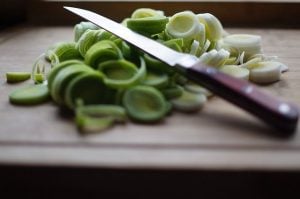
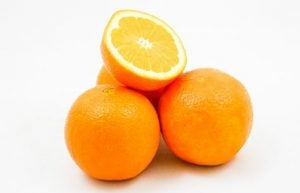


Please be specific “Western community” is a very vague term ebem if one is from Kenya. Second, some names of the veg are defined with ethnic origins in brackets and others are not, why? Other vegetables had the wrong spelling.
1. Western community is a generic term that comprises of the Luhya community and their sub-tribes. Will make this more clear in the article.
2. Because some vegetables are locally known by their ethnic term from a given community throughout the country and are therefore more likely to be identified this way rather than through their English terms.
3. Please provide the vegetables in the article that you refer to having the wrong spelling so we can make the necessary corrections.